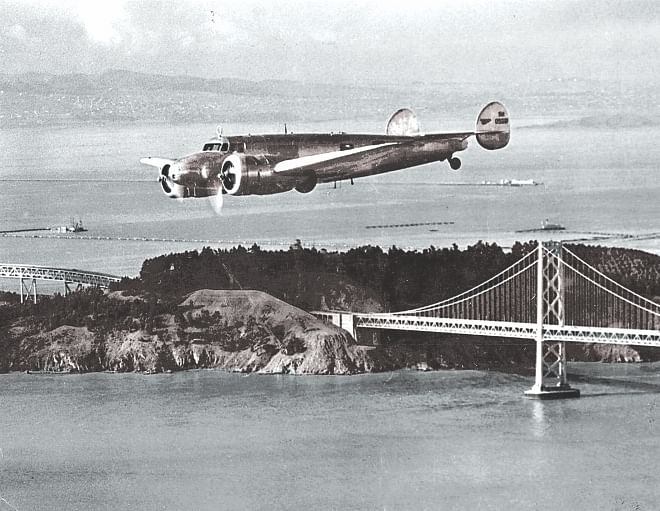Into Thin Air

Never Malaysia Airlines? Never a Boeing 777? Are these things going through your mind while you read or watch TV news on flight MH370 going missing somewhere around Malaysia last Saturday?
And, could you be blamed for thinking like that?
Well ... its not like planes haven't mysteriously gone missing before.
Take China Airlines Flight 611 as a case in point.
The Boeing 747-200 took off from Taiwan in May 2002 and went missing a little later with no Mayday call. It took days for people to find the plane. It had disintegrated in mid and crashed into the sea.
The final report of the investigation into the crash years later said the plane had suffered a tailstrike (the tail hitting the runway during takeoff or landing) in 1980 and it had not been repaired following proper procedures. This resulted in cracks developing gradually and finally the tail tore off 22 years later.
Perhaps the most recent case of a plane going missing is Air France Flight 447. The Airbus A330-200 took off from Rio de Janeiro in June 2009 for Paris.
It was lost for days and believed to have crashed in the middle of the South Atlantic at a patch of the ocean beyond radar coverage. It took a while to find the wreckage and even longer to bring it up from miles beneath the surface of the water.

The black boxes were recovered two years later.
The final report released three years after the crash said one of the speed sensors froze (quite common in commercial planes) at cruising altitude and the pilots had to take the plane off autopilot and fly manually. However, the pilots stalled the plane with rough weather beneath them and failed to recover from the stall.
Flying-101 teaches pilots to pitch the nose down and increase power to recover from a stall but the flight data recorder showed the pilots kept trying to get the nose up, which resulted in the plane plummeting to the ocean from 38,000 feet.
They managed to bring down a perfectly serviceable aircraft killing all on board because they did not follow procedures.
However, just by following procedures pilots can pull off something short of a miracle.
Air Transat Flight 236, another Airbus A330-200, lost all fuel to a leakage in the middle of the North Atlantic during its flight to Lisbon from Toronto in August 2001.
Both the engines stopped due to fuel starvation and the auxiliary power unit could not be started since their was no fuel. It became a glider and started to descend.
Imagine being in a plane over 30,000 feet high with no lights, no air conditioning and even more worryingly no sound of engines.
The pilots followed the procedures and deployed a fan no bigger than a table fan to generate enough power just to control the glide. They landed the plane safely in Azores, saving the lives of 306 people.
Just like the A330, the Boeing 777 is one of the safest airliners ever built. It is the newest of the old-school aircraft (the new school being 787s, A380s and A350s) and has been a reliable long distance workhorse for 19 years.
It only had two major accidents. In 2008, ice crystals in the fuel led to thrust loss when British Airways Flight 38 was trying to land at Heathrow. The plane crashed short of the runway but none died.
Last year Asiana Airlines Flight 214 crashed while landing at San Francisco International Airport. Three people died, one of them was actually crushed by a fire engine rushing to the scene.
The jury is still out on flight 214 but it appeared to be pilot error to some experts and enthusiasts.
And Malaysia Airlines? It is still one of the safest airlines in the region. It lost only three planes in crashes since the 70's. One of them was due to hijacking while one of the other two crashes had fatalities.
Statistically speaking, flying is safe. They say it is safer than crossing the street and when they came up with that, they almost certainly didn't have the treacherous streets of Dhaka in mind.
They say if a person flies every day, it would take 21,000 years for that person to get killed in a plane crash according to statistics.
Yet, planes do crash and people do die.

 For all latest news, follow The Daily Star's Google News channel.
For all latest news, follow The Daily Star's Google News channel. 



Comments